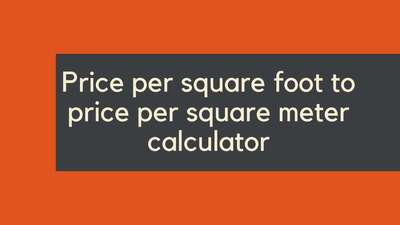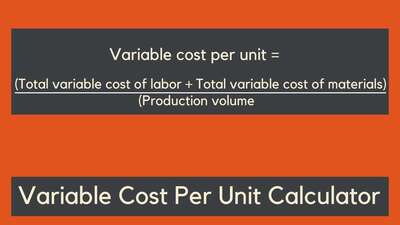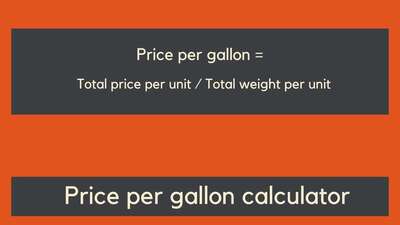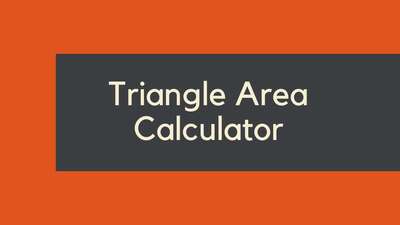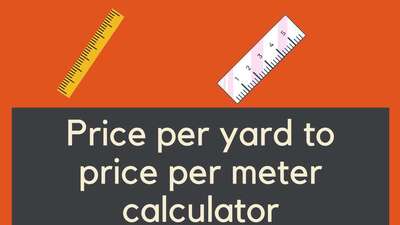TV Size and Viewing Distance Calculator: A Comprehensive Guide
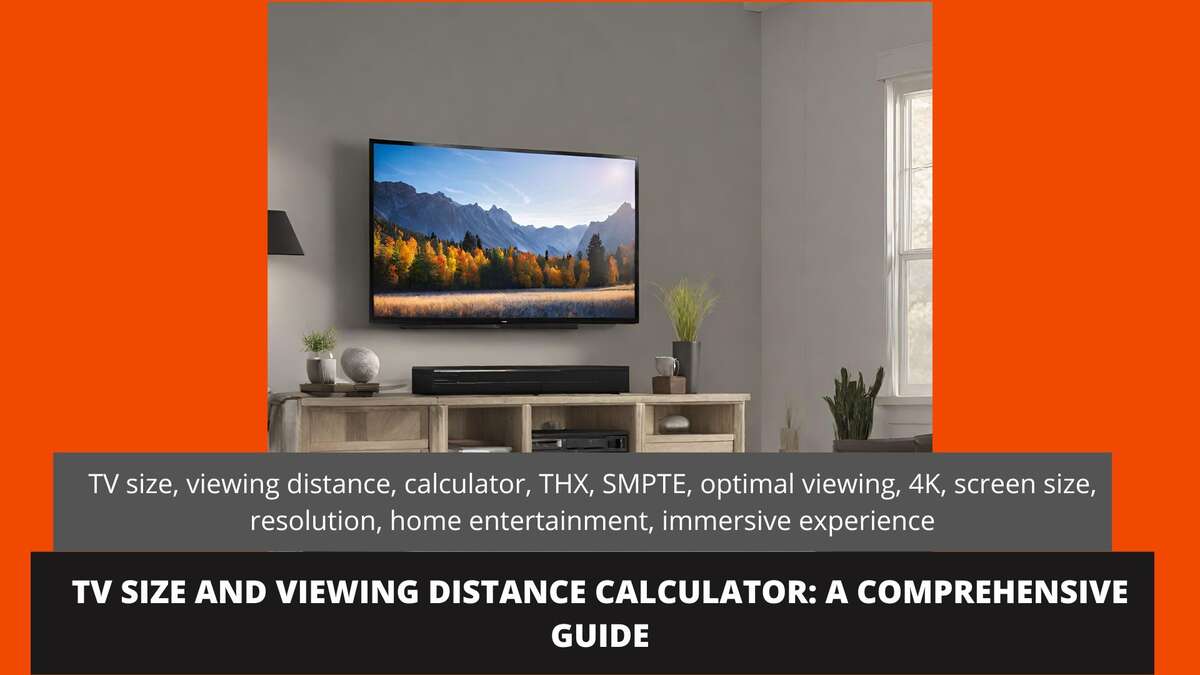
- Definition: Unraveling the TV Size and Viewing Distance Relationship
- Historical Context: The Evolving Television Landscape
- Formula: The Science Behind Calculating Ideal Distance
- Diving Deeper: The Role of Human Visual Acuity
- Examples: Practical Scenarios and Settings
- FAQ: Common Questions About TV Size and Viewing Distance
- How does screen resolution factor into the ideal distance?
- Are there other factors to consider besides distance?
- Conclusion: Navigating the Modern Television Landscape
In today's digital age, the television remains a centerpiece of home entertainment. Yet, as TV technology has evolved, so too has our understanding of how to optimize the viewing experience. This guide delves deeply into the relationship between TV Size and Viewing Distance, offering you insights into the science, the historical evolution, and practical tips for maximum enjoyment.
Definition: Unraveling the TV Size and Viewing Distance Relationship
At its core, the relationship between TV size and viewing distance pertains to the ideal spacing between your eyes and the television screen. This balance is crucial for several reasons, including visual comfort, clarity, and leveraging the screen's resolution to its fullest. While you might have heard generic advice like "don't sit too close to the TV," this relationship is more nuanced than many realize.
Historical Context: The Evolving Television Landscape
Remember the old bulky CRTs that graced living rooms decades ago? The relationship between screen size and viewing distance back then was vastly different. These screens emitted a significant amount of radiation, leading to the generic advice of not sitting too close. Additionally, their lower resolutions and screen flickers mandated more extended viewing distances to avoid eye strain.
Fast forward to today's sleek LCD, LED, and OLED screens that boast 4K and 8K resolutions. With increased clarity, higher pixel density, and safer technology, the rules of the game have changed.
Formula: The Science Behind Calculating Ideal Distance
So, how do we calculate this mystical "ideal" distance? The basic formula has its roots in understanding screen resolution, pixel density, and human visual acuity.
For a standard 1080p HD TV:
Viewing Distance (in feet) = TV Diagonal Size (in inches) ÷ 1.5
For 4K Ultra HD TVs, the pixel density allows viewers to sit closer without discerning individual pixels:
Viewing Distance (in feet) = TV Diagonal Size (in inches) ÷ 2
Diving Deeper: The Role of Human Visual Acuity
The foundation of these formulas lies in human visual acuity. The average person, with 20/20 vision, can differentiate details down to 1/60th of a degree of their field of vision. This understanding, coupled with screen resolutions, has informed the formulas we use to derive the ideal viewing distance. It's all about ensuring that you're close enough to appreciate the details, but not so close that you can see individual pixels, thus breaking the illusion of a continuous image.
Examples: Practical Scenarios and Settings
Let's apply our formula to some real-world examples:
A 1080p HD TV of 40 inches:
Viewing Distance = 40 ÷ 1.5 = 26.7 feet
A 65-inch 4K Ultra HD TV:
Viewing Distance = 65 ÷ 2 = 32.5 feet
These are, of course, guidelines. Personal preference and room constraints might lead to slight adjustments, but these calculations provide an excellent starting point.
FAQ: Common Questions About TV Size and Viewing Distance
How does screen resolution factor into the ideal distance?
Screen resolution determines the number of pixels on the screen. Higher resolutions mean more pixels, and thus, you can sit closer without discerning individual pixels. So, for higher resolution TVs like 4K or 8K, the recommended distance shortens.
Are there other factors to consider besides distance?
Absolutely. Room lighting, TV brightness, screen glare, and viewing angle also play a pivotal role in the overall experience.
Conclusion: Navigating the Modern Television Landscape
Understanding the science and logic behind TV size and viewing distance is crucial in today's high-definition world. As we've journeyed from CRTs to OLEDs, the viewing paradigm has shifted, and being informed is the key to a superior viewing experience. Remember to consult tools and calculators, like the one at askmycalculator.com, to get a tailored recommendation for your specific scenario.





![Car Loan Calculator: Definition, Formula, Examples, and FAQs [2023 Guide]](/images/page/400/car-loan-calculator-13.jpg)
